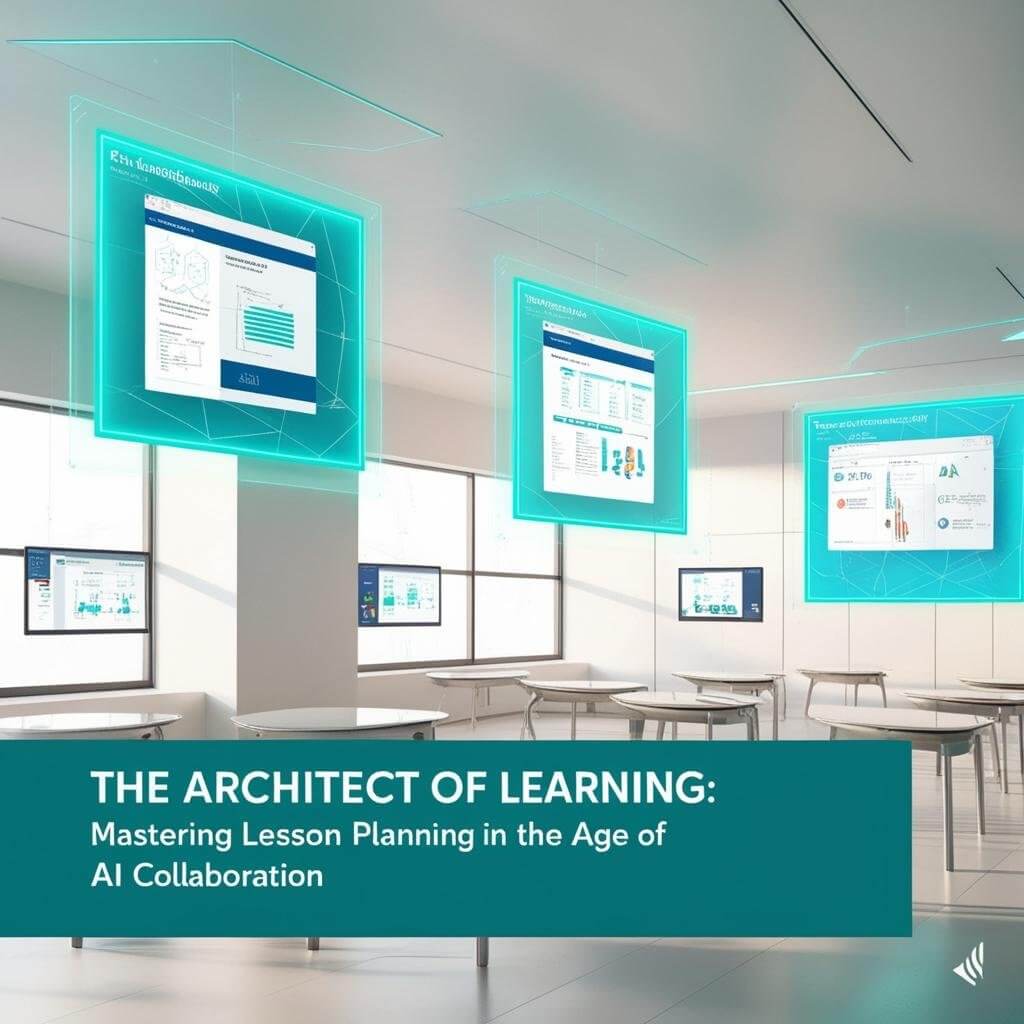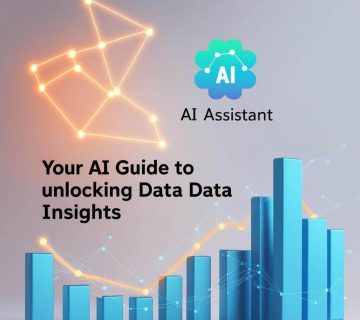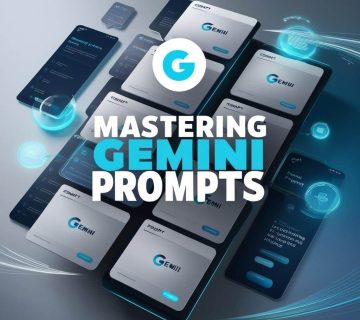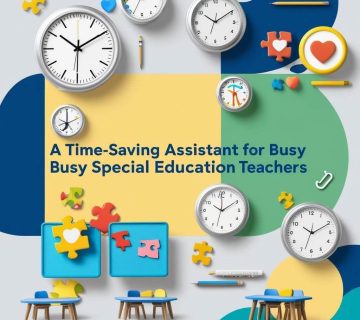The quiet hum of a classroom, punctuated by the spark of understanding in a student’s eyes, is often the culmination of unseen labor: the meticulous, thoughtful process of lesson planning. For educators, lesson planning is far more than an administrative chore; it is the foundational art of their profession, the intellectual blueprint upon which impactful learning experiences are built. It’s a dynamic blend of science, creativity, and empathy. As technology continues to reshape our world, new tools are emerging, not to replace this essential craft, but to elevate it. Artificial Intelligence (AI) stands at this new frontier, offering itself as a powerful apprentice to the teacher, the architect of learning. This article delves into the enduring importance of lesson planning and explores how AI, particularly when guided by strategic resources, can revolutionize this vital process for the modern educator.
Part 1: The Unwavering Pillars of Powerful Lesson Planning
Before we explore the role of AI, it’s crucial to reaffirm why meticulous lesson planning remains the bedrock of effective teaching. Its significance has not waned; if anything, in our complex and diverse classrooms, its value is amplified.
- Clarity and Purpose: The Why Behind Every What: At its core, lesson planning forces educators to define what students should learn (learning objectives) and why it’s important. This clarity ensures that every activity, every resource, every minute spent is purposeful and aligned with desired outcomes. Without this, lessons can become a collection of disconnected activities, leaving students adrift.
- Student-Centricity: Designing for Every Mind: Effective planning places the student at the center. It involves anticipating student needs, prior knowledge, potential misconceptions, and diverse learning styles. It’s about crafting experiences that are not just informative but also engaging and accessible to all, fostering an inclusive environment where every student has the opportunity to thrive. This is where the seeds of differentiation are sown.
- Cohesion and Flow: The Narrative of Learning: A well-planned lesson, or series of lessons, unfolds like a compelling narrative. Each component logically connects to the next, building knowledge and skills progressively. This scaffolding helps students make connections, see the bigger picture, and retain information more effectively.
- Preparedness and Confidence: The Teacher’s Anchor: A robust lesson plan is a teacher’s anchor in the often-unpredictable waters of the classroom. It breeds confidence, allowing educators to navigate discussions, manage time effectively, and adapt to unexpected turns with greater ease. This preparedness doesn’t mean rigidity; rather, a strong plan provides the foundation from which to improvise skillfully.
- Assessment and Reflection: Gauging and Growing: Thoughtful planning integrates opportunities for both formative and summative assessment. It considers how student understanding will be checked, what feedback mechanisms will be used, and how the insights gained will inform future instruction. It also carves out space for teacher reflection, an essential component of professional growth.
- Classroom Management: The Unseen Benefit: Often overlooked, a well-structured, engaging lesson is a powerful classroom management tool. When students are clear on expectations, understand the relevance of their tasks, and are actively involved, behavioral issues tend to diminish, creating a more positive and productive learning atmosphere.
Part 2: The New Apprentice: Welcoming Artificial Intelligence to the Planning Table
The advent of sophisticated AI, particularly large language models (LLMs) like ChatGPT and Gemini, has opened up new avenues for teacher support. Far from being a threat to the profession, AI can serve as a tireless, versatile apprentice, ready to assist in the intricate work of lesson design.
Demystifying AI for Educators: For many, “AI” might conjure images of sentient robots. In the context of lesson planning, AI primarily refers to tools that can process and generate human-like text based on the prompts they are given. Think of them as incredibly advanced search engines combined with creative writing assistants. They don’t “understand” in a human sense, but they can recognize patterns, synthesize information, and generate coherent, relevant content at remarkable speed.
AI as a “Thought Partner,” Not a Replacement: It cannot be stressed enough: AI is a tool to augment, not replace, the teacher’s expertise. The human educator remains the instructional designer, the content curator, the pedagogical expert, and the crucial human connection in the classroom. AI can handle some of the heavy lifting – the initial drafting, the brainstorming, the resource discovery – but it is the teacher who provides the direction, evaluates the output, and infuses the plan with their unique insights, experience, and understanding of their specific students.
How AI Can Assist in Lesson Planning:
- Brainstorming and Idea Generation: Stuck for a creative hook for a history lesson? Need fresh ideas for a science experiment? AI can rapidly generate lists of activities, themes, real-world examples, and discussion starters.
- Drafting Initial Lesson Structures: AI can outline a lesson based on objectives, timeframes, and key topics, providing a solid first draft for the teacher to refine.
- Generating Differentiated Materials: This is a particularly powerful application. AI can help create leveled reading passages, varied activity instructions for different learning paces, or alternative tasks for students with specific needs.
- Creating Assessment Questions: From multiple-choice quizzes to open-ended discussion prompts and even rubric frameworks, AI can help generate a wide range of assessment tools.
- Finding and Summarizing Resources: AI can quickly scan and summarize articles or identify potential online resources relevant to a topic, saving valuable research time.
- Suggesting Technology Integration: AI can offer ideas for incorporating relevant apps, simulations, or online tools into a lesson.
The Importance of a “Skilled Prompter”: The quality of AI-generated content is directly proportional to the quality of the prompts it receives. Vague or poorly constructed prompts will yield generic or unhelpful results. To truly unlock AI’s potential, educators need to learn how to ask the right questions, provide sufficient context, and clearly define their desired output. This is where the art of “prompt engineering” – or at least effective prompt usage – comes into play.
Part 3: Bridging Human Expertise and AI Potential: The Role of Curated Prompts
While the potential of AI in lesson planning is immense, many educators find themselves wondering, “Where do I even start? What exactly should I ask the AI?” This is a common hurdle. The sheer open-endedness of AI can be daunting. This is precisely where a resource like the “240 Lesson Planning ChatGPT and Gemini Prompts for Teacher Lesson Planning“ becomes invaluable.
This curated collection serves as a bridge, translating the complex needs of educators into the specific language that AI models understand best. It’s a toolkit designed by those who understand pedagogy, for those who practice it daily.
How the “240 Prompts” Product Empowers Teachers:
- Structured, Targeted Requests: Instead of generic requests, the collection provides highly specific, education-focused prompts. For example, rather than just asking AI to “write a lesson plan,” a teacher can use a prompt from the collection like: “Generate a differentiated lesson plan for teaching [a complex science topic] to 9th graders, incorporating various learning materials (visual, auditory, kinesthetic) and activities tailored to three different ability levels within the classroom. Include clear learning objectives, assessment strategies, and estimated timings.”
- Comprehensive Coverage: The “240 Prompts” collection addresses a vast spectrum of lesson planning needs. Its categories span everything from Lesson Planning Basics (e.g., generating core plans for math, history, or digital literacy) and Differentiated Instruction and Inclusive Learning (e.g., adapting lessons for diverse learners in various subjects), to Engaging Activities and Interactive Learning (e.g., designing math games or virtual lab ideas), Formative Assessment and Progress Tracking (e.g., creating rubrics or varied question types), and Creative Lesson Ideas and Innovative Approaches (e.g., planning time-travel simulations or mystery-solving scenarios). It further includes prompts for Incorporating Technology, Interactive Discussions, Project-Based Learning, Real-World Connections, and even Subject-Specific deep dives.
- Time-Saving Efficiency: The prompts save teachers significant time, not only in the actual generation of lesson components but also in the often-frustrating process of figuring out how to ask AI for pedagogically sound and useful outputs.
- Ensuring Pedagogical Soundness: Because the prompts are crafted with educational best practices in mind, they guide the AI to produce content that is more likely to be relevant, appropriate, and aligned with effective teaching strategies.
- A Professional Development Tool: Simply Browse the prompts can expose educators to new teaching ideas, assessment strategies, and ways of structuring lessons they might not have considered, acting as a subtle form of ongoing professional learning.
By providing a clear framework for interaction, the “240 Prompts” collection empowers teachers to confidently and effectively direct their AI apprentice, ensuring the technology serves their specific instructional goals.
Part 4: Practical Application: AI-Assisted Lesson Design in Action
Let’s imagine Ms. Evans, an 8th-grade English teacher, tasked with a unit on persuasive writing. She decides to leverage her “240 Prompts” collection and her AI tool:
- Starting Broad (Lesson Planning Basics): She uses a prompt like: “Generate a 3-lesson mini-unit plan for teaching persuasive writing techniques to 8th-grade students. Each lesson should be approximately 45 minutes. Focus on identifying target audience, using rhetorical devices (ethos, pathos, logos), and structuring a persuasive essay. Include learning objectives, core activities, and assessment ideas.” The AI provides a solid foundational outline.
- Adding Engaging Activities (Engaging Activities & Interactive Learning): Ms. Evans feels the initial activities are a bit dry. She turns to a prompt such as: “Generate a list of 3 highly engaging and interactive activities for an 8th-grade English class to practice identifying and using rhetorical devices in persuasive arguments. One activity should involve a debate format, another a group analysis of advertisements, and a third a creative writing task.” The AI suggests a “Shark Tank” style pitch activity, a “Rhetoric in Commercials” scavenger hunt, and a “Write a Letter to the Editor” challenge – much more dynamic.
- Ensuring Differentiation (Differentiated Instruction): Ms. Evans has a diverse class. She uses a prompt: “For a lesson on structuring a persuasive essay for 8th graders, provide three differentiated versions of a graphic organizer to help students outline their arguments. One for proficient writers needing minimal scaffolding, one with moderate sentence starters and guiding questions, and one highly scaffolded version for students who struggle with organization.” The AI delivers three distinct organizers.
- Designing Assessment (Formative Assessment): For a quick check-in, she employs a prompt: “Create a short formative assessment (5 multiple-choice questions and 2 open-ended questions) to evaluate 8th-grade students’ understanding of ethos, pathos, and logos after an introductory lesson.” The AI generates the assessment.
Throughout this process, Ms. Evans is not passively accepting the AI’s output. She reviews each suggestion, tweaks the language, adds her own examples relevant to her students’ interests, and ensures the activities align with her broader unit goals. The AI, guided by the targeted prompts, acts as an incredibly efficient research assistant, drafter, and idea generator, but Ms. Evans remains the architect, making the critical design decisions.
Part 5: The Evolving Educator: Thriving in an AI-Enhanced Future
The integration of AI into education is not a fleeting trend; it signals an evolution in the tools available to educators, and consequently, an evolution in the role of the teacher itself.
The teacher’s role, far from diminishing, becomes even more critical, albeit with some shifts in focus:
- From Sole Content Creator to Expert Curriculum Designer & Facilitator: While teachers will always create original content, AI can help curate and customize existing resources, allowing educators to focus more on designing engaging learning pathways and facilitating deeper understanding.
- Critical Evaluator of AI-Generated Content: Teachers must develop AI literacy, including the ability to critically assess AI outputs for accuracy, bias, and pedagogical appropriateness.
- Master of Human Connection: As AI handles more routine tasks, teachers have more capacity for what AI cannot do: build meaningful relationships, provide socio-emotional support, foster collaborative skills, and inspire a love of learning through human interaction.
- Efficient Prompting as a New Skill: While deep “prompt engineering” may not be necessary for all, understanding how to effectively communicate needs to AI, perhaps aided by resources like the “240 Prompts,” will become an increasingly valuable skill.
Embracing AI can significantly reduce the administrative burden associated with planning, freeing up teachers’ time and mental energy to focus on direct student interaction, personalized support, and the creative aspects of teaching. However, this integration must be approached thoughtfully, with ongoing attention to ethical considerations such as data privacy, student authenticity in their work, and avoiding an over-reliance on technology at the expense of critical thinking and human-centered learning.
Conclusion: The Harmonious Blend of Artistry and Algorithm
Lesson planning, at its heart, will always be an art form – a testament to the dedication, creativity, and expertise of the human educator. It is the thoughtful architecture that supports every student’s journey toward knowledge and understanding. Artificial Intelligence, when approached as a collaborative partner rather than a replacement, offers an unprecedented opportunity to enhance this art.
Tools like the “240 Lesson Planning ChatGPT and Gemini Prompts for Teacher Lesson Planning” provide a practical bridge, enabling teachers to harness AI’s power effectively and efficiently. They ensure that the teacher remains firmly in control, guiding the technology to serve their pedagogical vision.
The future of education lies not in a battle between human ingenuity and artificial intelligence, but in their harmonious blend. By embracing AI as a powerful apprentice, guided by their own expertise and supported by smart resources, teachers can streamline their planning, enrich their instruction, and ultimately dedicate even more of their invaluable energy to the uniquely human endeavor of inspiring and educating the next generation. The architect of learning now has a new, powerful set of tools, and the possibilities are just beginning to unfold.





No comment